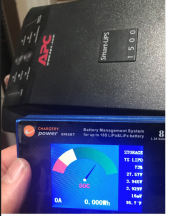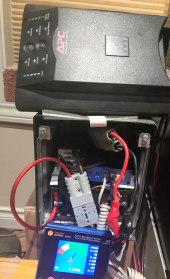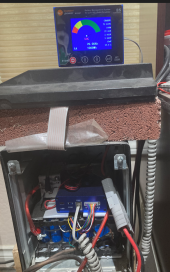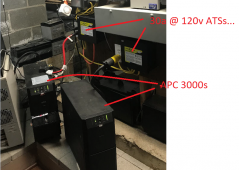jonathan_winters
New Member
- Joined
- May 25, 2022
- Messages
- 22
I am building my own DIY Milk Crate, but I think this is more of a general DIY question. I hope this is the right place for it...
I'm at the point in my build where I'm ready to buy and add an inverter to my Milk Crate build, and after some searching for an inverter it occurred to me that I have a couple of old UPSs. One of them was a really nice UPS and it has a 600w output that is backed up by the internal batteries (which is exactly the size I'm looking for).
I haven't checked the voltage of the UPS' internal batteries so that could be the deal-breaker here, but if they are 12v output (or if the inverter otherwise shows that it can run from my LiFePo4 voltage), is it crazy to try harvesting the components from that UPS (everything from the UPS Batteries through to the battery-backed 120v plug outlets) to use as the inverter on my DIY Milk Crate build?
It seems to me like this should be the same as if the UPS is just running the outlets off the battery. But I've never cracked open one of those (and I'm new to this in general) so I'm hoping someone can tell me if/why this is a bad idea.
I'm at the point in my build where I'm ready to buy and add an inverter to my Milk Crate build, and after some searching for an inverter it occurred to me that I have a couple of old UPSs. One of them was a really nice UPS and it has a 600w output that is backed up by the internal batteries (which is exactly the size I'm looking for).
I haven't checked the voltage of the UPS' internal batteries so that could be the deal-breaker here, but if they are 12v output (or if the inverter otherwise shows that it can run from my LiFePo4 voltage), is it crazy to try harvesting the components from that UPS (everything from the UPS Batteries through to the battery-backed 120v plug outlets) to use as the inverter on my DIY Milk Crate build?
It seems to me like this should be the same as if the UPS is just running the outlets off the battery. But I've never cracked open one of those (and I'm new to this in general) so I'm hoping someone can tell me if/why this is a bad idea.







